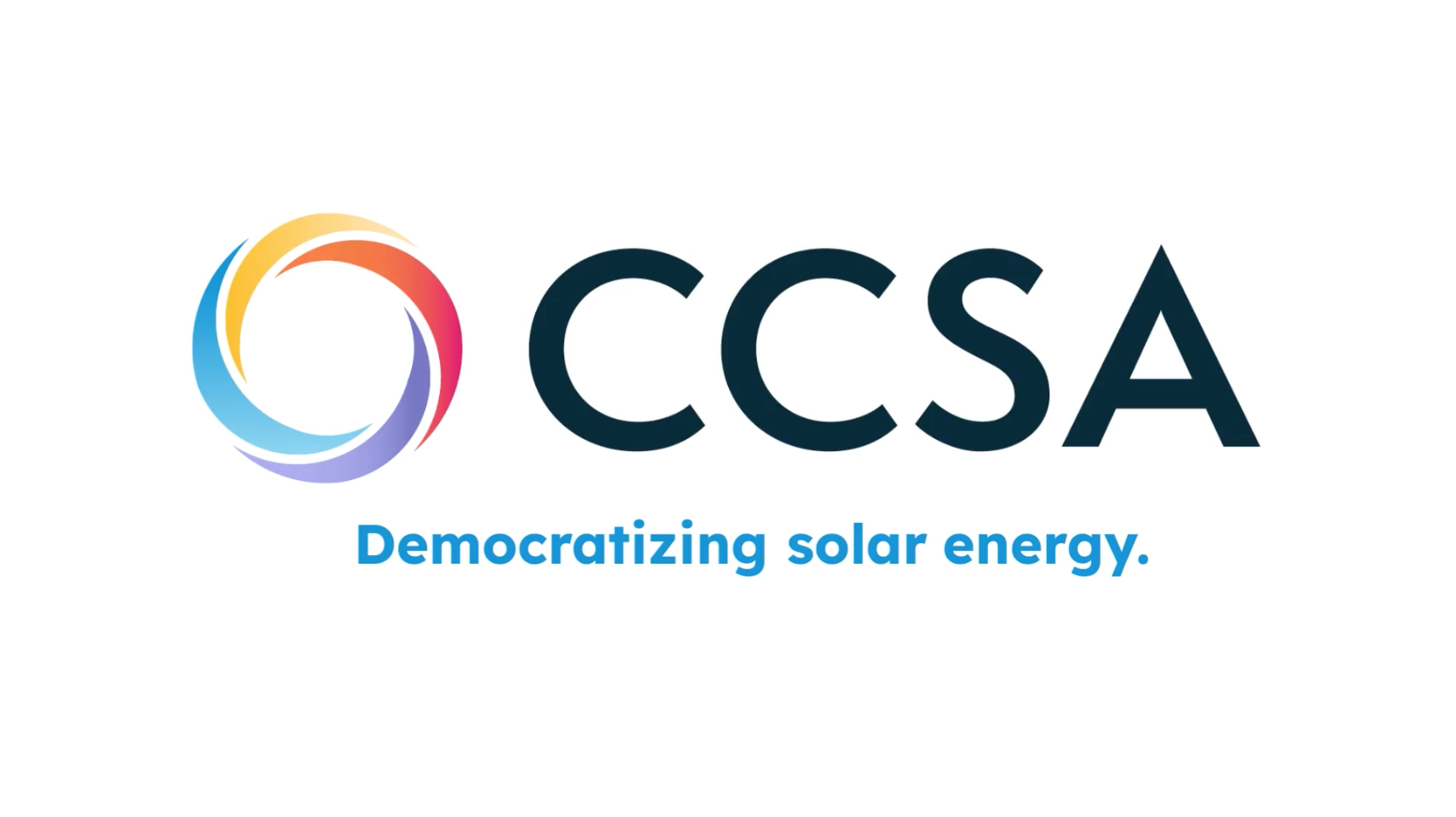By Jeff Cramer, CEO of CCSA
In most of the U.S. today, the electric grid is outdated, both in its infrastructure and its processes for building the grid of the future — including integrating new clean energy resources — leading to a major bottleneck of more than one thousand gigawatts of generating capacity sitting on the sidelines. The grid is also overly centralized and by continuing to both overbuild the bulk-power system and underutilize distributed resources, we could incur almost half a trillion dollars in additional costs to fully decarbonize the grid, according to our latest modeling. Today’s grid is also inequitable. When you consider home ownership rates, acceptable credit scores, and solar panel friendly roofs — by some estimates the current grid is locking out two-thirds of Americans from accessing the benefits of local, clean energy to power their homes and businesses.
The question now becomes: What can we do about it?

Over the next decade, we will be building the grid of the future based on the decisions of policymakers today. We have an opportunity to rethink the outdated grid of the past and adopt policies and develop programs that will democratize our energy system so everyone can benefit from the clean energy transformation — including all customers and energy resources large and small.
It’s estimated that for nearly 40 million Americans, the energy burden can be so great that it accounts for 10% or more of their monthly disposable income. Most of these customers have no means of accessing local clean energy and are disproportionately affected by the health risks posed by fossil fuel production.
Survey data has also shown that two-thirds of Fortune 100 businesses have set ambitious clean energy targets and would prefer clean energy if given the choice of where their energy comes from.
So, the demand is there, but what does it mean to democratize our energy system?

Democratizing our energy system means unleashing the free market — so private companies can create innovative business models to lessen customers’ energy burden. It means leveraging private capital — to help us decarbonize the grid without taxpayer money. It means cutting red tape to give small power producers more access to our electric grid and more customers the freedom to support solar energy to power their lives. And finally, it means providing equitable access to clean energy and meaningful bill savings by harnessing innovative policies and technologies — like community solar + storage.
Over the course of only a few years, community solar has gone from a bespoke energy product to one that is proven to use private capital to build infrastructure and solve the biggest energy policy challenges, all while providing guaranteed savings to American households and businesses. And as the community solar business model continues to evolve, signing up has become as easy as a Netflix subscription.

Community solar is also proven to benefit the grid. Along with other distributed resources located closer to where energy is consumed, community solar makes the grid more resilient and less expensive, especially when paired with battery storage and deployed at scale. In fact, research shows that a clean electric grid that better leverages community solar and storage alongside continued growth of large-scale renewables and transmission, can save the grid billions of dollars by permanently reducing demand and stress on the bulk power system.

Thanks to the evolution of our business models, better execution of better policy, and a growing network of advocates across the country, community solar has experienced tremendous growth over the past eight years, increasing capacity by over 3,000% since 2015 to reach nearly 5 GW of installed capacity today. With new states like California and New Mexico coming online this year, we now have 22 states with some form of competitive community solar policy with many more poised to pass bills in the coming years.

And now with the once-in-a-generation infusion of funding, via the Inflation Reduction Act, for the deployment of American-made clean energy at scale, including specific provisions tailor made for community solar like the low-to-moderate (LMI) income bonus tax credits, we have a catalyst unlike any other.
With all this momentum, our industry is prepared for its next stage of growth. We stand ready to infuse billions of dollars of private and federal capital to build public infrastructure, create thousands of family sustaining jobs, and generate billions of dollars in local taxes and revenue to farmers, all while achieving some of our most important energy policy objectives.
To meet this once-in-a-generation moment, we must come together with a shared vision. A vision that reflects our industry’s commitment to transforming a monopoly into a democracy and giving customers options about how and where their energy is generated.

And so, by 2030, our goal is to give at least 10 million people in America — households, small and large businesses, schools, religious institutions, and hospitals — access to community solar, which is equivalent to 30 GW of community solar capacity installed. And this goal is an achievable floor. Advanced modeling and customer demand shows the potential for at least twice this level over the same period. The cost of not acting means we will continue to pay the price for our outdated energy system.
Now this might seem like a far-reaching goal, but look at where we’ve come as an industry.
From 2015 to today we’ve grown from a handful of members and 100 mW of community solar in a few states to a burgeoning movement — with more than 100 members working alongside customers, communities, and coalitions to expand access to community solar in states across the country and more than 5 GW of projects installed.

So here we are, at the midway point between 2015 and 2030, with lessons learned, a booming and increasingly diverse movement of advocates, and an evolution in a vision for the future to achieve the full potential of community solar.
To realize our vision and achieve our 2030 market goals, CCSA and our diverse coalition of supporters must work hand-in-hand to implement five key actions that will create the market conditions that will rapidly scale community solar capacity and other small-scale grid resources:
- Open at least 10 new state community solar programs. Ten or more states must pass enabling policy or legislation to expand the playing field so that competitive, third party developed community solar has room to grow to meet 30 GW by 2030.
- Double down to ensure at least 5% of equivalent total electric retail sales come from community solar to meet customer demand and modeled grid potential. Advanced grid modeling, combined with the fact that community solar projects are sold out across the country with pent up customer demand, has shown the need to significantly scale community solar to 5% of total retail electric sales over the coming decade to achieve our climate goals at the lowest cost.
- Ensure energy bill savings are readily accessible to low- and moderate-income customers and that businesses have the option to support clean, locally generated solar energy. As an industry supplying an essential product—energy—community solar must strive to create programs that serve communities most in need. Today, there is still vast unmet customer demand from LMI income customers, along with commercial and institutional customers, that have been left out of the clean energy transition.
- Partner with state utility commissions and utilities to optimize the value distributed energy resources bring to the grid and ensure these technologies, specifically community solar, can interconnect quickly and at-scale. CCSA and its stakeholders must work with state regulatory agencies to achieve predictability of interconnection processes and costs, and support utility innovation in grid planning and modernization.
- Build on a common vision and continue to expand the community solar coalition. The industry must continue to grow its coalitions within state and national campaigns, develop deeper partnerships with unlikely allies, develop a more robust grassroots and grasstops advocacy network, and where effective, partner with other distributed energy resource providers to educate stakeholders on the benefits of distributed energy.
We have a lot of work ahead of us, and it certainly won’t be easy.

But if we’re successful, we will provide at least 10 million Americans with the ability to choose local, clean, reliable, and affordable renewable energy, empowering customers to lead the clean energy transition.
We will install at least 30 GW of community solar capacity across 30 states, serve four million LMI customers, spur billions in economic impact, create more than 100,000 jobs, take the equivalent of 10 million cars off the road each year, and help transform the inefficient, centralized grid of the past into a decarbonized, cost-effective grid that is equitable, resilient, and works for all of us.
If that’s not worth fighting for, then I’m not sure what is?




